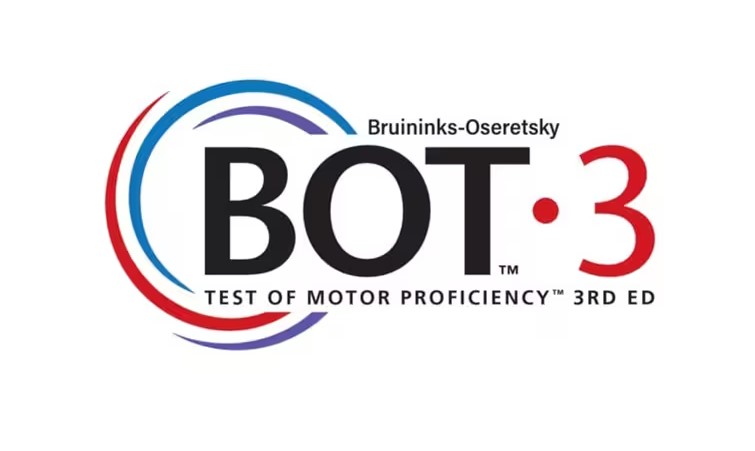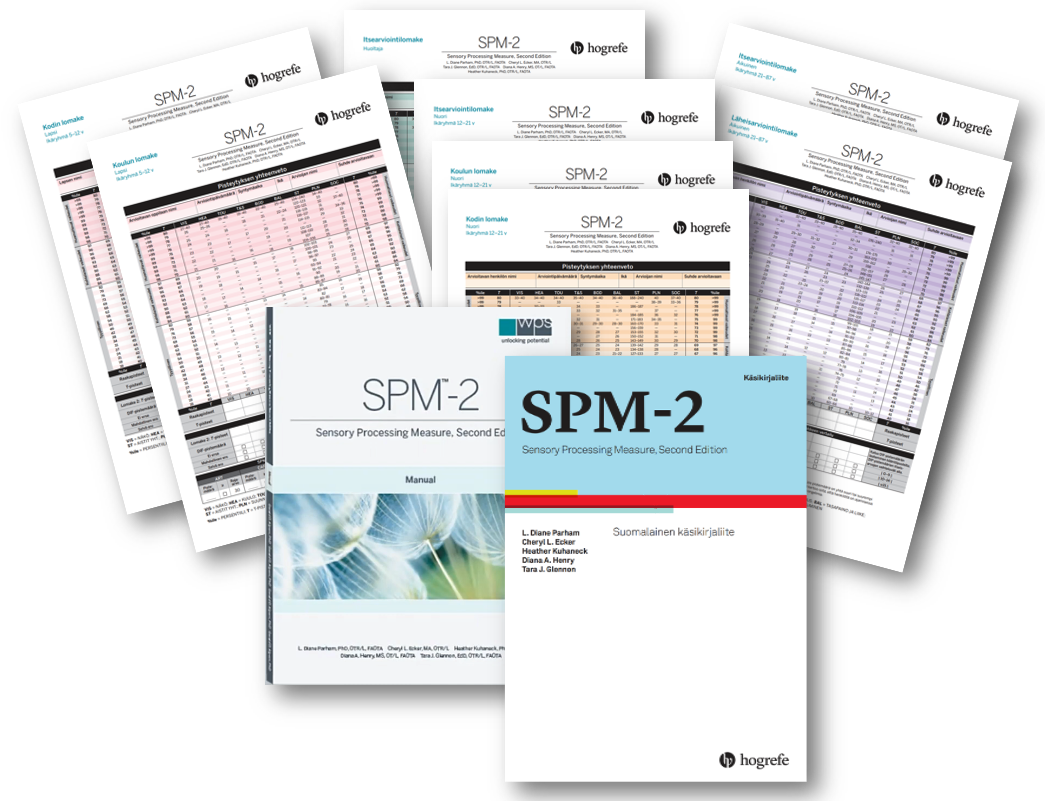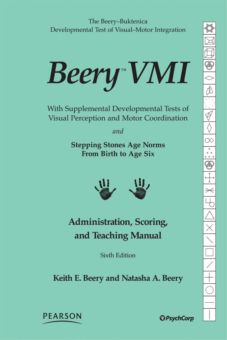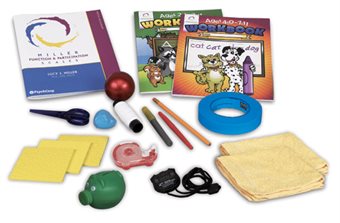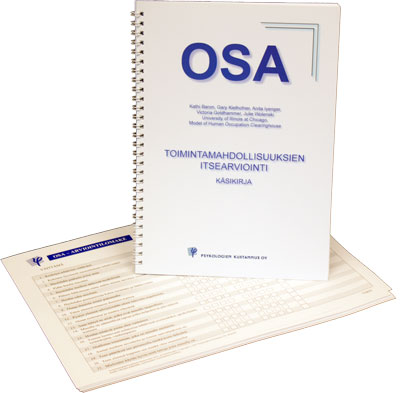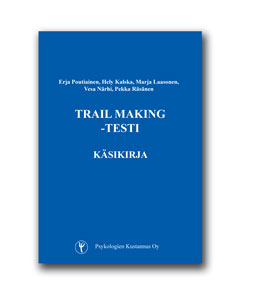BOT-3 The Bruininks-Oseretsky Test of Motor Proficiency™, Third Edition
| Aiheet | Neuropsykologia, Motoriikka ja havainto, Toimintaterapia |
|---|---|
| Julkaisija | Brett D. Bruininks, PhD, Robert H. Bruininks. PhD |
| Soveltuvuus | esimerkiksi fysio- ja toimintaterapeuttien käyttöön |
| Ikäryhmät | 4:0 – 25:11 |
| Suoritusaika | 50-90 min. |
| Tarkoitus | lapsen hieno- ja karkeamotoriikan tason arvioiminen |
| Julkaistu | 2024 (e) |
| Normitus | US, ei suomalaisia normitietoja |
HUOM! BOT-2 lomakkeita myydään niin kauan kuin varastoa riittää.
The BOT-3 measures a broad array of fine and gross motor skills. Eight core subtests and one supplementary subtest allow for in-depth assessment of motor abilities and identification of areas of relative strength.
With the BOT-3, you can:
• Assess the motor development and proficiency of individuals from school age to early adulthood, ranging from those who are typically developing to those with mild to moderate motor challenges
• Support diagnosis of motor impairments
• Inform further evaluation, goal-setting, and interventions
• Develop and evaluate motor training programs
Core subtests
• Fine Motor Precision: includes untimed activities that require precise control of finger and hand movement
• Fine Motor Integration: requires the examinee to reproduce drawings of various geometric shapes of increasing complexity
• Manual Dexterity: uses timed, goal-directed activities that involve reaching, grasping, and bimanual coordination with small objects
• Upper Limb Coordination: consists of activities designed to measure visual tracking with coordinated arm and hand movement, such as catching, dribbling, and throwing a ball
• Bilateral Coordination: contains tasks requiring body control, and sequential and simultaneous coordination of the upper and lower limbs
• Balance: evaluates fundamental balance skills that are integral for maintaining posture when standing or walking
• Strength: measures trunk and upper and lower body strength
• Dynamic Movement: assesses running speed and agility
Supplementary subtest
Extended Balance: involves more advanced balance skills using a balance beam
Features of the BOT-3
Occupational therapists, physical therapists, developmental adaptive physical education teachers, diagnosticians, and special education professionals appreciate the BOT-3 for its:
• Engaging, game-like tasks
• Large, clear pictures in the administration easel and optional demonstration videos that help examinees better understand the activities you need them to perform
• Supplementary Extended Balance subtest to assess higher-performing individuals (requires Balance Beam not included in kit but available separately)
• Three supplemental scores to provide even more clinically-useful information beyond the subtest and composite scores
- Skilled Manual Performance – a norm-referenced score combining scores from the three subtests focused on skilled use of the hands for fine motor activities – Fine Motor Precision, Fine Motor Integration and Manual Dexterity – to provide a ‘pure’ measure of fine motor performance
- Movement Fundamentals Score – a criterion-referenced score comprising select items from across four BOT-3 subtests (Upper Limb Coordination, Bilateral Coordination, Balance, Dynamic Movement). Measures Fundamental Movement Skills considered to be the building blocks of skilled movement required for participation in sports, leisure and activities of daily living
- Motor Planning and Coordination – a norm-referenced score encompassing items from the full BOT-3 test that were shown to have particularly high discrimination between the Developmental Coordination Disorder (DCD) and typically developing groups
• Separate fine motor and gross motor kits available
- The fine motor kit includes subtests for: Fine Motor Precision, Fine Motor Integration, Manual Dexterity, and Upper-Limb Coordination
- The gross motor kit includes subtests for: Bilateral Coordination, Balance, Extended Balance, Dynamic Movement, and Strength (Balance Beam required for Extended Balance)

 Ostoskori on tyhjä.
Ostoskori on tyhjä.